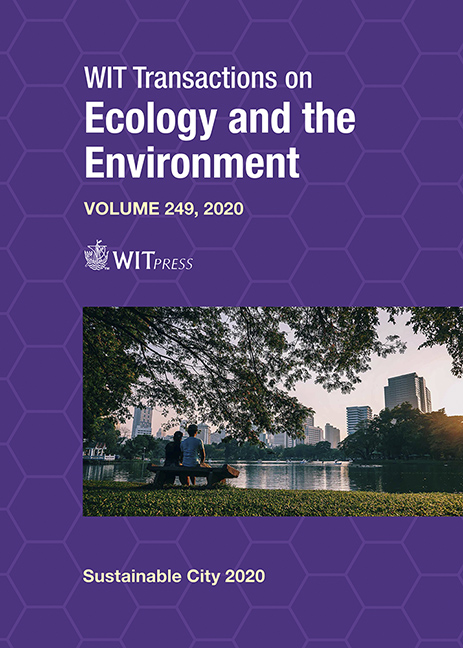BOTTOM-UP VERSUS TOP-DOWN HANDS-ON OPTIONS FOR MEASURING GHG AND POLLUTANTS IN SMART CITIES
Price
Free (open access)
Transaction
Volume
249
Pages
9
Page Range
285 - 293
Published
2020
Paper DOI
10.2495/SC200241
Copyright
WIT Press
Author(s)
SANDRINE QUÉRÉ, ANNIE LEVASSEUR
Abstract
Urbanized areas account for more than 70% of the carbon dioxide equivalent emissions. Their current greenhouse gas (GHG) emission is based on a bottom-up approach that adds the different sources of emissions (activity data multiplied by emission factors). Those current estimated inventories, based on statistics, are expensive and take months for data collection. Moreover, they raised scepticism for municipal decision-makers who are not certain how to understand and use them in urban policies planning support. Indeed, cities are lacking reliable, accessible information of a high standard on which to base GHG emission reduction decisions. To help smart cities measure and lower their emissions, another approach is currently under investigation: the top-down approach, based on real GHG measurements. In this paper, we present the current and potential hands-on options for measuring GHG: network of sensors, network of sensors coupled with atmospheric inversion modelling, and the laser beam system. We conclude by making recommendations for municipal decision makers to help them take ownership of in order to tackle climate change issues.
Keywords
city GHG emission inventory, sensors network, laser beam, air quality, smart city, empowering citizens





